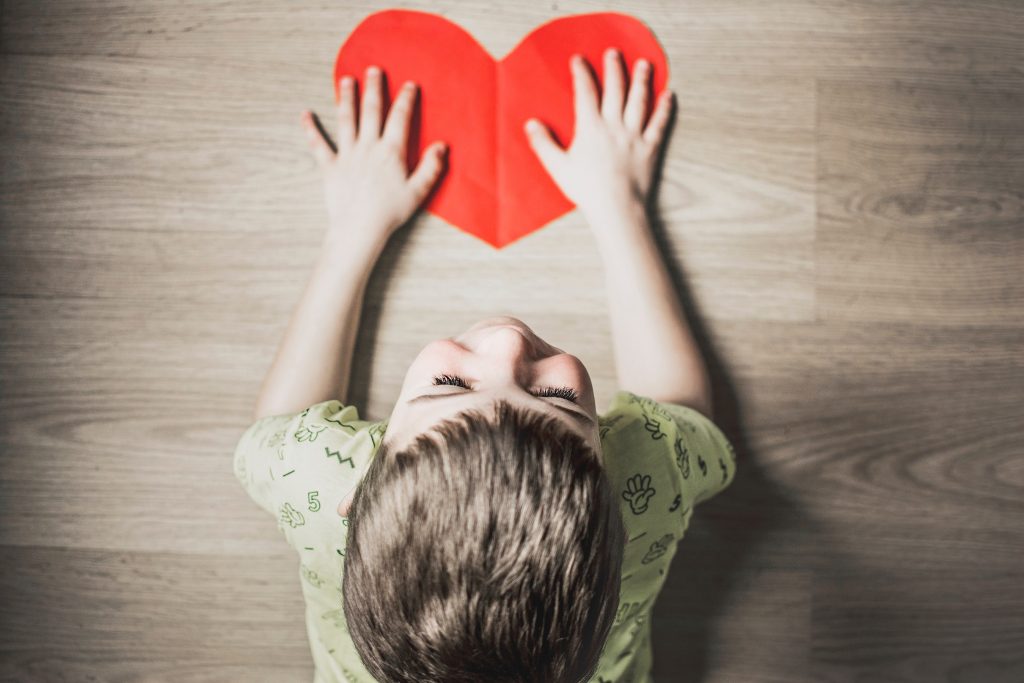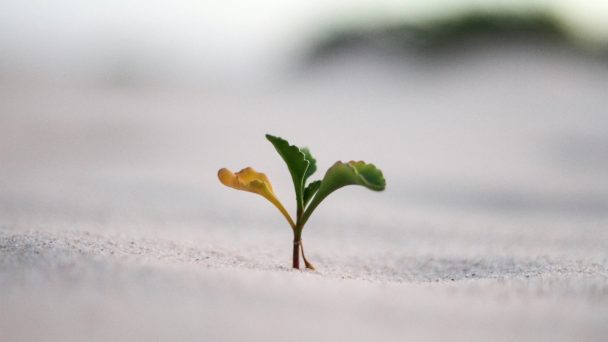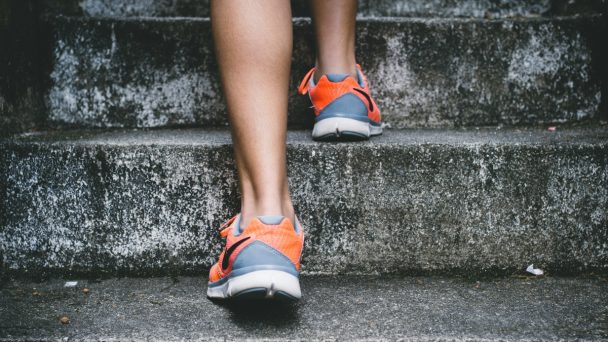See drinking makes drinking?

40% of the 2019 participants indicated that 'setting a good example to young people' was one of the reasons why they consciously wanted to take a break. This gives children the message that drinking alcohol is a choice.
Alcohol is a socially accepted 'occupation'. A glass of wine with lunch, champagne to toast, a beer after exercise or a liqueur in the coffee: there is a suitable alcoholic drink for every moment or situation. As a result, young people can also get the message that drinking 'is part of it'.
Make it negotiable
These 40 days of no drop is a great opportunity to talk to your children about alcohol consumption. Because 'drinking' is socially accepted by the majority of the population, it is important to maintain a dialogue about alcohol and its use. Now that you are literally experiencing what not drinking does to you, you can very well explain why it is necessary to think about your own alcohol consumption.
In conversation with Dr. Carmen Voogt of the Alcohol Expertise Center of the Trimbos Institute
Because this topic is a topic among the IkPas participants, we asked a number of questions about 'exemplary behavior and alcohol' to scientific researcher and spokesperson for the Expertise Center for Alcohol of the Trimbos Institute (an independent knowledge institute for alcohol, tobacco, drugs and mental health, ed. ): Dr. Carmen Voogt.
What do we mean by setting a good example / conscious drinking behaviour?
Do parents underestimate the influence they have on their children's drinking?
“The autonomy of a young person increases during puberty. The influence of friends is also increasing. But it's a misconception to think that as a parent you have little to no influence over your children when they reach this stage. The opinion of the parents remains important and influential throughout adolescence. This applies to both non-drinking and drinking parents.
From what age (children) 'should' parents consciously take their drinking behavior into account?
“There are no official guidelines for this, but studies show that children from the age of 4 are already aware of alcohol. They are already aware of the norms of alcohol, such as: adults drink, children do not. They also understand the context: men drink more than women or: you don't drive when you've been drinking. Children develop alcohol-related cognitions from an early age. What we do not yet know is whether these cognitions lead to (starting earlier) alcohol use. We did investigate that children (4-8 years) and young people (12-16 years) who see their parents drinking have positive expectations about alcohol. And that in turn influences the starting age when the young person starts drinking and the amount that is drunk.”'
What are the risks of setting the wrong example as a parent?
“Giving the wrong example (drinking in front of children, having alcohol in the house, leaving alcohol in a visible place, ed.) leads to a lower starting age with regard to alcohol consumption and drinking more.” And there are even more risks associated with drinking alcohol at a young age, see box.
| Risks of alcohol use among young people
Damage to the drinker Brain The brain develops until the age of 25 on average. Alcohol disrupts that development and that can affect the character and behavior of children. Grow Alcohol lowers, among other things, the amount of male hormone and growth hormone. In boys it is known that excessive alcohol consumption inhibits bone development. Memory After a night of drinking a lot, you can still be under the influence the next morning. Just like adults, young people need at least two days to recover after a weekend of heavy drinking. unsafe sex Under the influence of alcohol, young people are more daring and more likely to do things that they would not do without alcohol. For example, young people more often have unsafe sex if they have been drinking. Half of the young people doubt whether it would be possible to use a condom under the influence of alcohol. Alcohol poisoning Young people often drink a lot in a short time while going out. This increases the risk of alcohol poisoning. The nervous system becomes numb, after unconsciousness a coma can occur and even death as a result. Violence In addition to a reduction in control, the responsiveness also decreases. Research shows that young people who drink while going out are more likely to be victims of aggressive behaviour. Black out A blackout can occur when a lot of alcohol is consumed in a short period of time. A regular blackout can cause permanent damage to the brain. harm to others Aggression Under the influence of alcohol, young people are more likely to commit violence. traffic accidents Drinking encourages overconfidence. However, getting behind the wheel may seem like a 'good choice' at that moment. Driving under the influence kills people every year. Source: www.alcoholinfo.nl. |
What steps can you take as a conscious parent? Where to start with leading by example?
“In addition to not drinking in front of people, storing drinks out of sight and complying with strict rules, you as a parent must keep in touch with your child. Know what your child is doing, who he is hanging out with and what he is thinking. A disapproving attitude towards alcohol also acts as a protective factor. This shows that drinking alcohol is not healthy for you and carries risks. As mentioned before: the influence of parents is great in childhood, but also during the teenage years.”
| The tips at a glance
-NIX under 18 really means NIX under 18. -Store the alcohol in a place that is not visible. - Do not drink in the presence of (grand) children. -Keep in touch with your child (monitoring), know what he/she is doing and with whom. -A disapproving attitude towards alcohol has a protective factor. This sends out the signal that drinking alcohol is not good. -Don't bring any alcohol into the house at all. |


